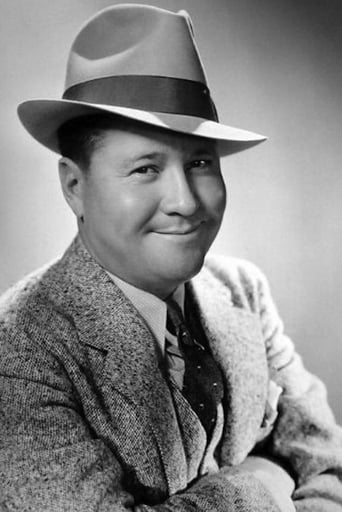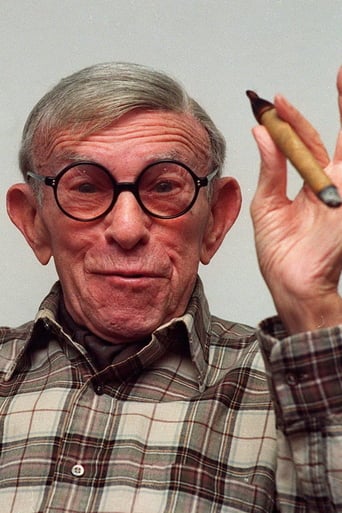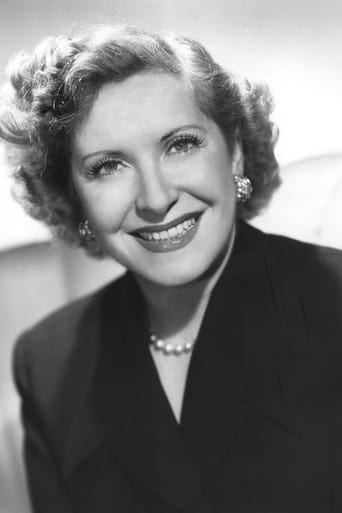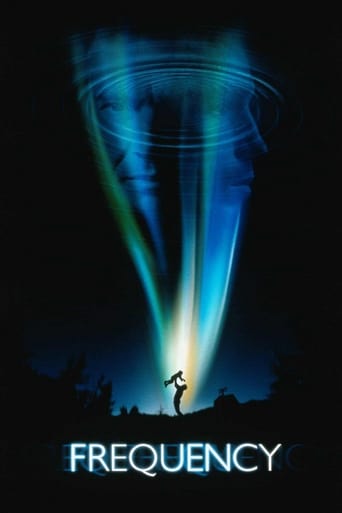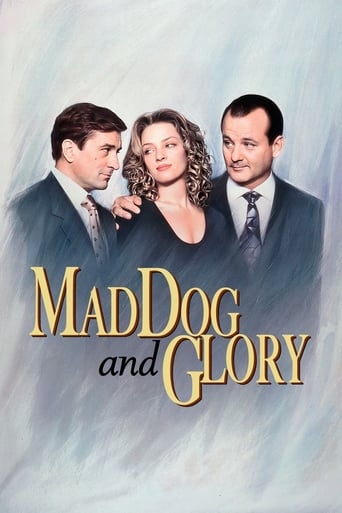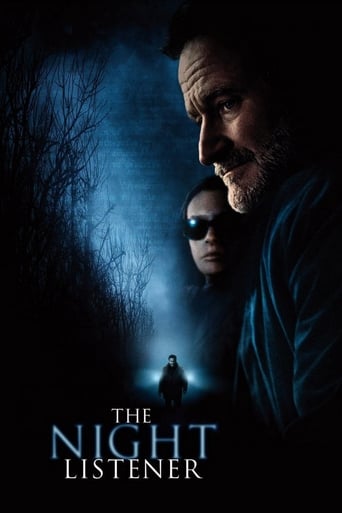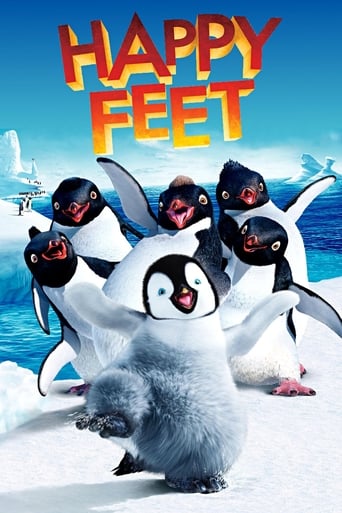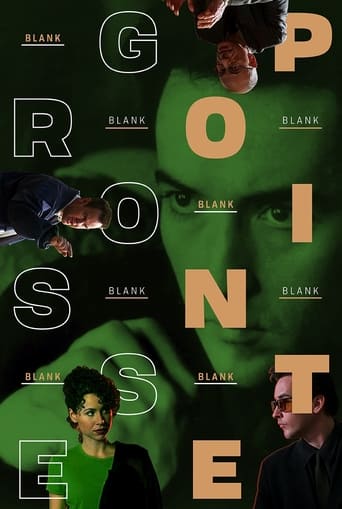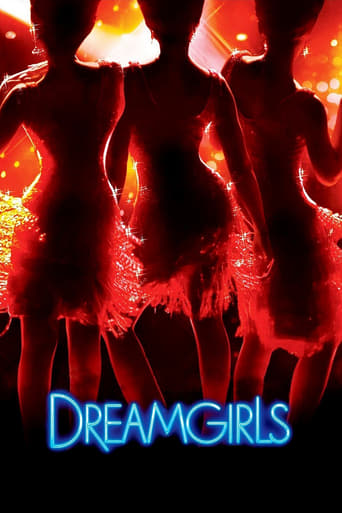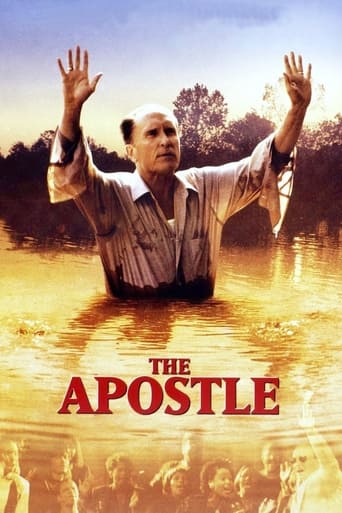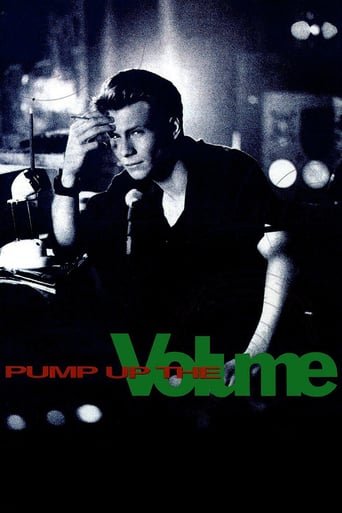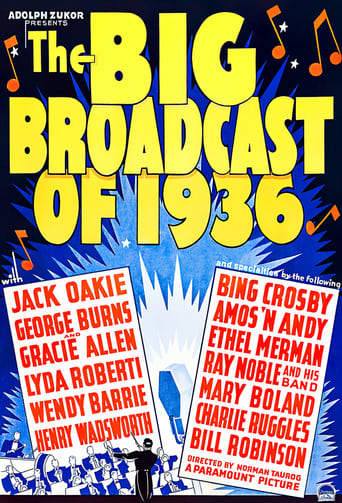
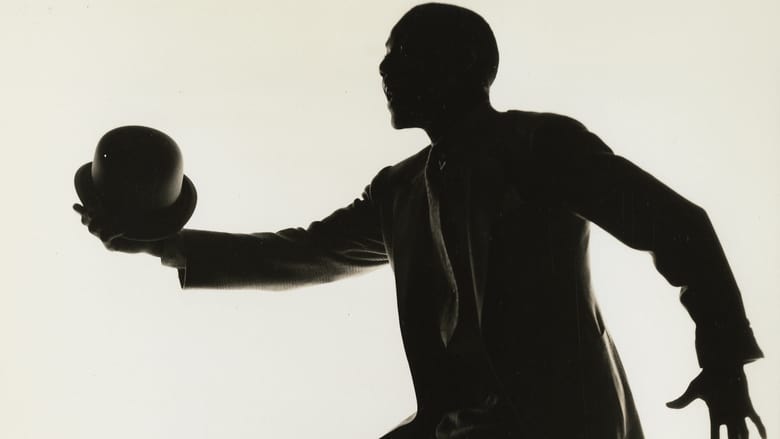
The Big Broadcast of 1936 (1935)
The wisp of a storyline involves two-bit radio station owner Spud Miller, who doubles as the station's sole announcer while his comic partner Smiley serves as the house crooner. On the verge of bankruptcy, Spud is receptive to the wacky notions of George and Gracie, who've just invented a television device which can pick up and transmit any signal, any time, anywhere.
Watch Trailer
Cast


Similar titles
Reviews
I am not a huge fan of these sorts of old films. I much prefer classic Hollywood movies with more plot and less of a talent show look about them. This isn't to say it's a bad film, but it is terribly uneven.Jack Oakie stars in the film as Spud Miller--the owner of a dying radio station. Unless something amazing happens, he's about to lose the place. So, when George and Gracie bring him an amazing invention called Radio Eye, his problems seem to be over. However, a crazy countess kidnaps him and his alter-ego...and she's not about to let them go.The film is filled with one act after another--often with strange segues or situations that simply make no sense. For example, the first scene in the radio room has one of the Nicholas Brothers tap dancing. Well, call me a stickler for details but HOW will the radio listeners be able to enjoy LISTENING to a tap dancer?! In addition to this act, you briefly (too briefly) get to see Bill 'Bojangles' Robinson, a trio of slapstick vaudevillians (too often) and others. It runs the gamut from excellent to pure crap...and makes the film's tempo bounce like a kangaroo jumping on a water bed!
George Burns and Gracie Allen have invented something called the Radio Eye. Tune it in and it will receive a broadcast from anywhere, even if you're not broadcasting. Problem is that it seems to just pick stuff out of the air randomly. If you could have developed the focus a little more they would have been selling the item to the government and not to Jack Oakie, owner of a second hand radio station. What a Big Brother apparatus this thing could have been.That's the beginning of the "plot" of the Big Broadcast of 1936. The radio eye was an excuse to introduce all kinds of acts all over the world including the Vienna Boys Choir. Not that the Radio Eye was even original from this film, it was borrowed from Paramount's own International House.There are nice individual numbers, but on the whole the film ain't half as good as International House. For starters part of the plot also has ditzy countess Lyda Roberti doing some detective work and finding the great Lochinvar who broadcasts love sonnets from that radio station is really two men, Jack Oakie who recites and Henry Wadsworth who sings.Henry Wadsworth doesn't even sing though, he borrows Kenny Baker's voice. And he comes over like Jack Haley without Haley's charm. Maybe they should have used Haley. Or even Bing Crosby, or maybe Bing knew better and only was on hand to get tuned into by the Radio Eye for one song.The song Crosby sang was I Wished On the Moon which sold a few 78 platters in its day for him. Lyrics to Ralph Rainger's music were by Algonquin Round Table regular Dorothy Parker. See she didn't just sit at the table and make pithy comments.Ethel Merman appears via a number that was cut from We're Not Dressing called The Animal in Me. I'm not sure why it was cut from the first film, but thankfully it was preserved by Paramount to splice into this one. You can hear it in the background of We're Not Dressing.One of the nice acts from the film was Ina Ray Hutton and her all girl orchestra. That was the gimmick, women invading a male preserve. But I assure you that these gals showed off their femininity while performing. Ina Ray is something to see leading that band in a painted on dress.There's also a bit from a hospital that involved Sir Guy Standing, Gail Patrick, and kid actors Virginia Weidler and David Holt. For the life of me I can't understand why it was included in this lighthearted film. It looks like something lifted from a medical drama and dropped in this film for no rhyme or reason.Anyway this ain't as good as International House which already had used the Orwellian futuristic gimmick.
Growing Up again at the movies; my parents would give me 25 cents to go every Saturday or Sunday and I'd walk 2 miles. Usually it was a Shirley Temple movie or a Bing Crosby move; this time we see Der Bingle in one of his earliest and also it was Bob Hope's first singing his 'Thanks for the Memory" to Shirley Ross; then there were a lot of crazies like Burns & Allen, W.C. Fields; very enjoyable; they made movies for entertainment in those days!
"The Big Broadcast of 1936" (Paramount, 1935) is the second in the musical series, but not up to the original 1932 classic, "The Big Broadcast." This edition brings back Bing Crosby (who can be seen only singing one soothing song, "I Wished on the Moon."); and George Burns and Gracie Allen as part of the plot again. George and Gracie have an invention called The Radio Eye (known today as television) that can pick up broadcasts from all over the world. (Least we forget that television was spoofed as The Radio Scope in Paramount's 1933 comedy, "International House"). The invention is then demonstrated to and swiped by Spud Miller (Jack Oakie sporting a mustache), the manager of the failing radio station, W.H.Y., and tries to promote it and take the credit for himself. During the course of the story, he and his partner, Smiley Goodwin (Henry Wadsworth) are kidnapped by a man-chasing countess, Ysobel DeNargila (Lyda Roberti), who has them watched by her villainous advisories (C. Henry Gordon and Akim Tamiroff) while on board her private yacht bound for Cuba. Also featured in the plot is Wendy Barrie as Sue. The musical program includes: "Miss Brown to You" (danced with gusto by The Nicholas Brothers/and Bill Robinson); "Why Dream?" (sung by Henry Wadsworth/voice dubbed by Kenny Baker); Crosby's "I Wished on the Moon," "Double Trouble" (Sung by Lyda Roberti); "It's the Animal in Me" (sung by Ethel Merman); instrumental song in brief conducted by Ina Ray Hutton and her Melodears; and "Goodnight Sweetheart" (conducted by Ray Noble and his orchestra). Aside from brief musical interludes (with some numbers being interrupted by dialog) presented during the plot or on the Radio Eye, there is one moment of drama set in a hospital with Sir Guy Standing as the doctor, Gail Patrick as his nurse, and David Holt as the little brother who donates his blood to save his sister (Virginia Weidler); comedy skits involving Amos and Andy, another with Charlie Ruggles as a nervous husband wanting to get rest, but is constantly interrupted and annoyed by wife Mary Boland; and in between, those three house builders (Willy, West and McGinty) who never seem to get their job completed for that everything goes wrong (ala Three Stooges). Like many movies of this sort, some gags work, others fail to amuse, but it's still worth a look just the same. There is even a climatic chase scene to add some excitement. When once presented on American Movie Classics in 1991, host Bob Dorian pointed out a bit of trivia: the production number featuring Ethel Merman singing "It's the Animal in Me" supported by dancing elephants, was actually a cut number from an earlier musical, "We're Not Dressing" (Paramount, 1934) and inserted into this film. Good thing because Merman's "Animal in Me," along with the dancing by Nicholas Brothers and Bill Robinson (in separate scenes) are some of the few highlights that help bring some life to its mediocre moments of the story. Never distributed to home video, aside from broadcast showings on some local public broadcast channel, and the aforementioned AMC, it did have a return television big broadcast many years later on Turner Classic Movies (TCM premiere: July 23, 2015). (***)


